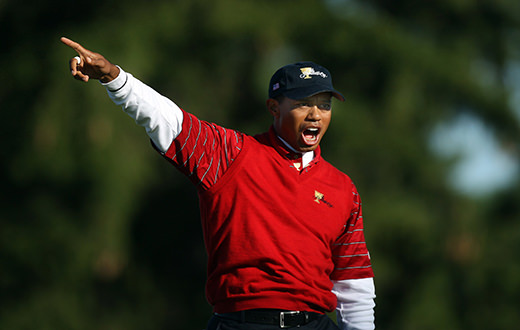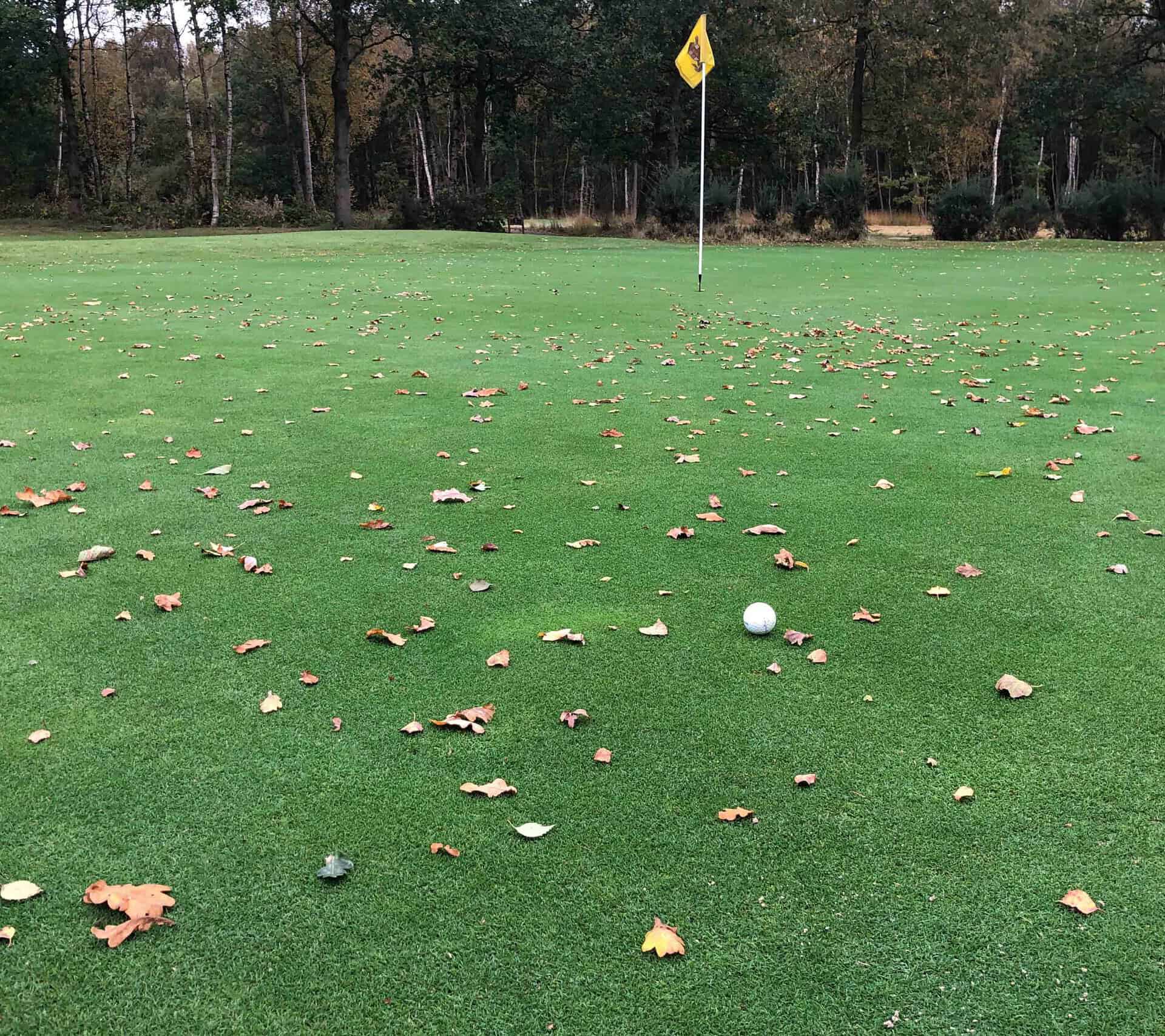
What is a shank?
We dive into the golf shank and explain why you hit one of the sport’s most terrifying shots
Welcome to NCG’s Golf Glossary! Today, we delve into the intriguing world of the “golf shank.” If you’ve ever found yourself wondering, “What is a shank?” you’re in the right place.
This entry sheds light on this unique term, its origins, and its significance in the world of golf.
Whether you’re a seasoned golfer or a curious enthusiast, our glossary aims to enhance your understanding of the game’s many nuances. Let’s tee off into the details of the golf shank.
What is a shank in golf?
There is a tradition in theatres that insists it’s bad luck to utter the word Macbeth.
It allowed Richard Curtis and Ben Elton to write one of the funniest sketches in the entire Blackadder series. But that reluctance to refer to Shakespeare’s classic drama as anything but ‘the Scottish play’ has an interesting parallel in golf.
Think carefully. Have you ever heard anyone actually mention the S-word out on the course?
It’s an affliction so dreaded by rank and file golfers that some consider it a breach of etiquette to even mumble it.
The professionals are far from immune, either. Henrik Stenson may be one of the world’s best but, at Doral two years ago, he hit a shot on the second hole that would have made a weekend chopper gasp.
Oh, how we laughed. But what is a shank in golf? Here goes…
It is to strike the ball with the heel of the club, usually sending it violently to the right.
What does this mean? It loosely translates into: “Oh dear God! Where did that ball go? Did I hit you? I haven’t hit a shot like that in years.”
Golf shank FAQ
What is a golf shank?
Why do we shank the ball? A shank actually refers to any shot where a golfer strikes the ball with a part of the golf club other than the face.
It’s usually the hosel, the unforgiving small block of steel that connects the head to the shaft, since that’s the nearest point to the face.
Why does a shank happen?
Even though the golf ball squirts out to the right, the shanks are usually caused by a really closed clubface.
The face shuts excessively towards impact and pushes the hosel of the club closer to the ball. Hit that hosel, and a shank occurs.
Why do we use it as a term on the course?
It’s an old English word, of West Germanic origin, and refers to the lower part of a leg – hence the lamb shank we all tuck into at a Sunday carvery.
We think it came into use as a verb, and a golfing term, in the 1920s.
But which is worse – a shank or a duck hook? We’ll leave you to decide.
What do you think? We’ve all hit a shanks, so what was the worst you’ve ever hit? Let us know by leaving a comment on X.
Steve Carroll

A journalist for 25 years, Steve has been immersed in club golf for almost as long. A former club captain, he has passed the Level 3 Rules of Golf exam with distinction having attended the R&A's prestigious Tournament Administrators and Referees Seminar.
Steve has officiated at a host of high-profile tournaments, including Open Regional Qualifying, PGA Fourball Championship, English Men's Senior Amateur, and the North of England Amateur Championship. In 2023, he made his international debut as part of the team that refereed England vs Switzerland U16 girls.
A part of NCG's Top 100s panel, Steve has a particular love of links golf and is frantically trying to restore his single-figure handicap. He currently floats at around 11.
Steve plays at Close House, in Newcastle, and York GC, where he is a member of the club's matches and competitions committee and referees the annual 36-hole scratch York Rose Bowl.
Having studied history at Newcastle University, he became a journalist having passed his NTCJ exams at Darlington College of Technology.
What's in Steve's bag: TaylorMade Stealth 2 driver, 3-wood, and hybrids; TaylorMade Stealth 2 irons; TaylorMade Hi-Toe, Ping ChipR, Sik Putter.










